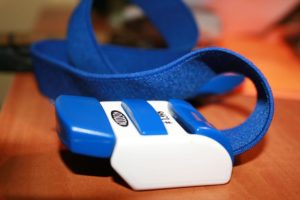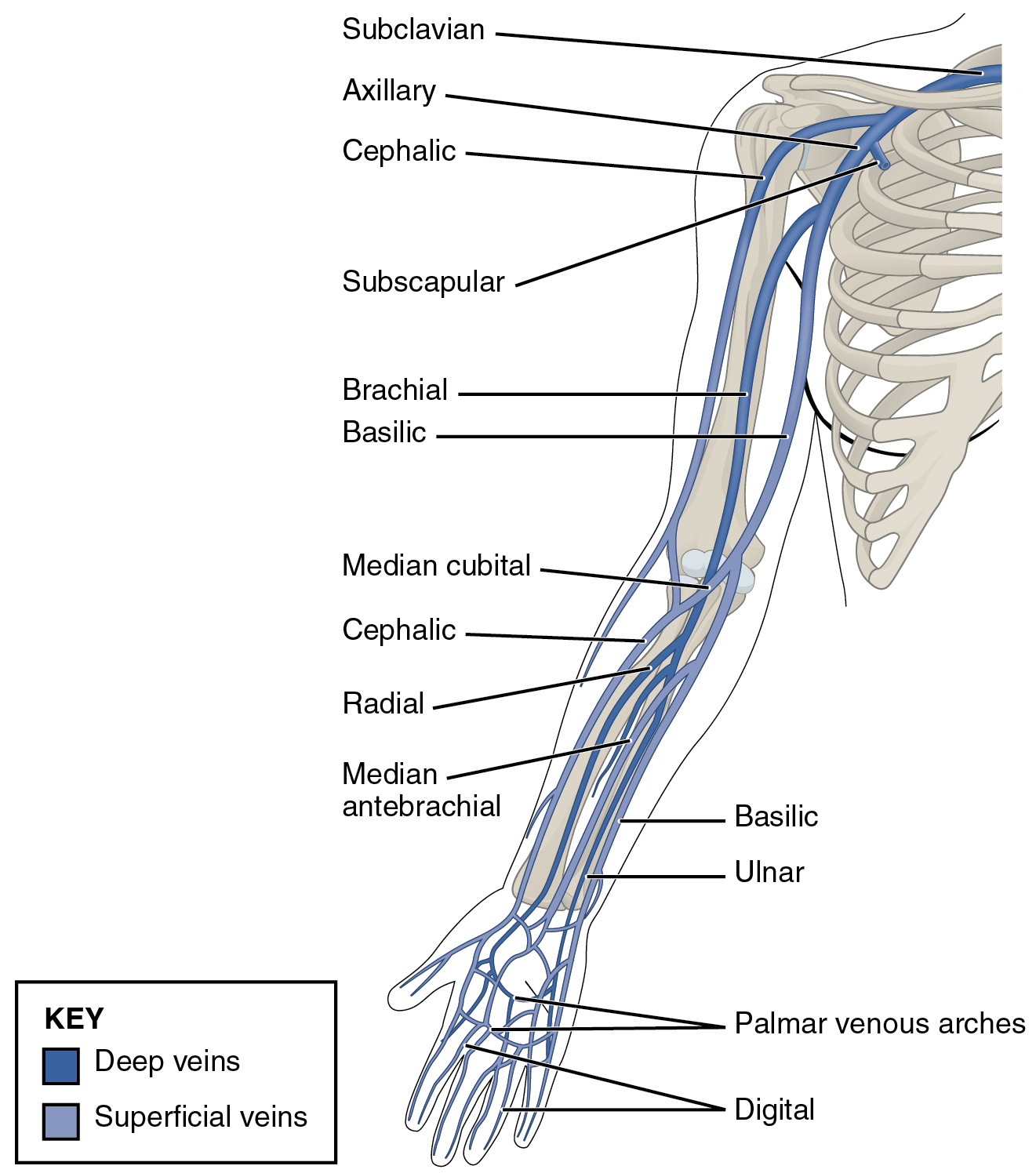You can deny it but obese or edematous patients still remain as one of the biggest challenges an IV nurse can ever encounter in his or her career. Just like patients with very fragile veins, these people have unique qualities and conditions that can turn a simple IV insertion procedure into a Herculean task.
Obese patients have a relatively higher percentage of adipose tissues deposited in their bodies compared to an average hospital patient. Edematous patients, on the other hand, are suffering from a disease condition like renal insufficiency or CHF that greatly affects the circulation and elimination of body fluids.
Both fat tissues and accumulated body fluids impose an additional burden to an IV nurse, especially those who are just beginning to learn the basic techniques of IV insertion. But just like any other tasks, it is possible for a nurse to learn how to overcome this type of challenge.
How?
By simply being open for new knowledge and techniques.
Here are just five of the most effective strategies you can try for a successful IV insertion in obese or edematous patients:
Use multiple tourniquet

To distend veins, apply tourniquets progressing distally from the most proximal joint toward the site. This also holds edematous or excess tissue out of the way.
Use warm compress
Warmth promotes natural vasodilation just like how cold temperature promotes vasoconstriction. In other words, you need warmth to open up those veins and see clearly the perfect spot to hit.
Before doing the actual IV insertion, you can put a warm compress on the site for 10 to 15 minutes. Be careful not to apply too much heat or scald the skin of the patient.
Use palpation techniques
Ask for help once you need to stretch extra tissues for an easier IV insertion. Edematous or adipose tissues can make the process of finding the right vein a little bit harder. But since fat and edematous tissues are both compressible, you can use finger pressure to locate and palpate the perfect spot for IV insertion.
Use sterile skin marker to remind yourself of the spot while preparing your materials. You can then insert the IV catheter slowly if you already have all the needed equipment on hand.
Use longer cannula and an illuminating equipment
Because of the presence of additional tissues, you need to use catheters that are 1 inch longer than the standard IV catheters. For an easier IV insertion, a nurse can use illuminating equipment like vein transilluminator to locate and determine the size of the veins.
To get a clearer idea on how to use one, you can watch this video:
If transilluminator is not available, other alternatives like flashlights or otoscope can do the same job. Make sure that the IV catheter is properly inserted because once it dislodges, several complications like infiltration and venous stasis can exacerbate the existing edema.
Know the anatomy

If all else fails, a nurse can locate superficial veins and use it for IV administration purposes. Some of these veins can be found in the thumb side of the wrist (which is more apparent if the person has just worn a wristwatch), the back of the hand and the inner surface of the forearm.
The areas where these veins lie have less underlying fats or tissues compared to other parts of the arm. If utmost care is not observed during IV insertion, severe nerve injuries may result.



















